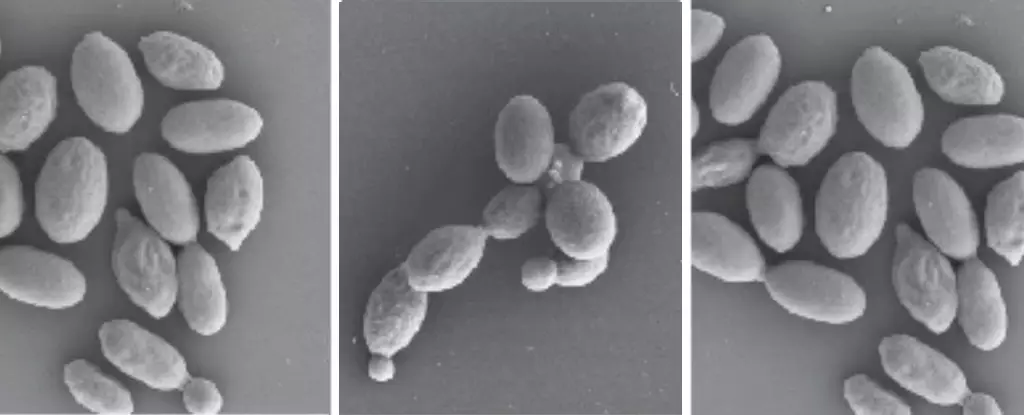The impact of rising temperatures on fungal mutations is a growing concern, as evidenced by research conducted by Jingjing Huang and colleagues at Nanjing Medical University. According to their findings, the combination of increased temperatures and genetic mutations can result in fungi becoming hyper-infectious and drug-resistant. This phenomenon poses a significant threat as our planet continues to warm, highlighting the importance of addressing this issue promptly.
Fungal infections already account for approximately 3.75 million deaths annually, a staggering number considering that most fungi thrive in lower temperatures. However, as fungi adapt to warmer environments, their physiology undergoes significant changes. For instance, Candida auris, a fungus identified as a pathogen due to climate change, serves as an alarming example. As more fungi develop heat tolerance, the likelihood of them finding refuge in mammalian bodies increases, enhancing their ability to thrive and cause harm.
In a study involving data from 96 hospitals in China spanning from 2009 to 2019, Huang and the research team discovered a group of fungi previously unknown to infect humans. Among these, Rhodosporidiobolus emerged as a concerning new player. Two distinct strains, NJ103 and TZ579, showcased high resistance to common antifungal treatments, resulting in fatal outcomes for patients. Additionally, exposure to human body temperature triggered significant morphological changes in these fungi, further complicating treatment and containment efforts.
The ability of Rhodosporidiobolus species to adapt to elevated temperatures and develop resistance to multiple antifungal medications is a troubling indication of their evolutionary flexibility. Notably, strains such as R. fluvialis and R. nylandii exhibited enhanced virulence in response to higher temperatures, showcasing a shift towards more aggressive forms. The resistance of these fungi to conventional treatments underscores the urgency for the development of new fungicides to combat emerging threats effectively.
Despite efforts to identify effective treatments, the adaptability of Rhodosporidiobolus poses a significant challenge in managing fungal infections. The rapid generation of drug-resistant mutants and limited options for targeting these pathogens highlight the need for innovative solutions. While polymyxin B shows promise as a potential treatment, its toxic effects on neurons and kidney cells raise concerns about its usability in clinical settings. As global temperatures continue to rise, the evolution of fungal pathogens necessitates a proactive approach to safeguard public health.
The intersection of climate change and fungal mutations presents a complex and dangerous scenario that demands immediate attention. By understanding the evolving nature of fungi and the challenges they pose, researchers and healthcare professionals can work towards developing effective strategies to mitigate the impact of these emerging threats. Stay informed, stay vigilant, and prioritize the preservation of our health and well-being in a rapidly changing world.


Leave a Reply